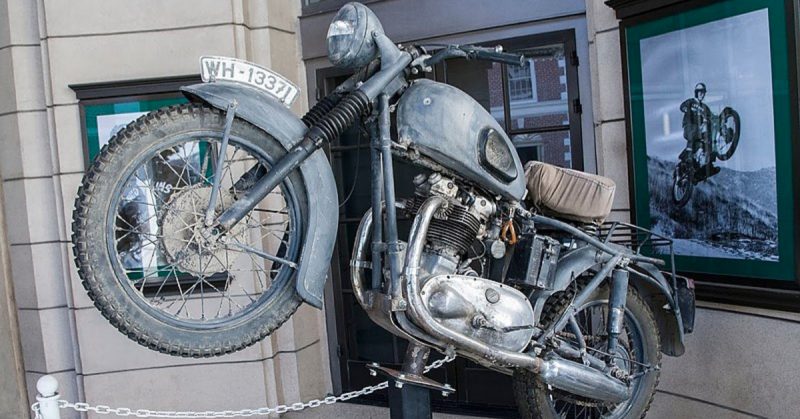In 1963, The Great Escape was probably the most exciting film event in movie theatres across the UK and USA.
The war epic beat Hitchcock’s menacing film, The Birds, and James Bond’s outing in the Cold War classic From Russia With Love to hit the top spot.
Perhaps one of the most iconic scenes is the one in which Steve McQueen, as Hilts ‘The Cooler King,’ attempts an audacious motorcycle stunt on a Triumph TR6R.
The motorcycles used for the chase scene in the film were 1961 TR6 Trophy motorcycles, disguised by artist Von Dutch to look like German WWII BMW R75s.
McQueen’s fondness for the bike is well known, and the association with the film was good for sales throughout the 1960s.
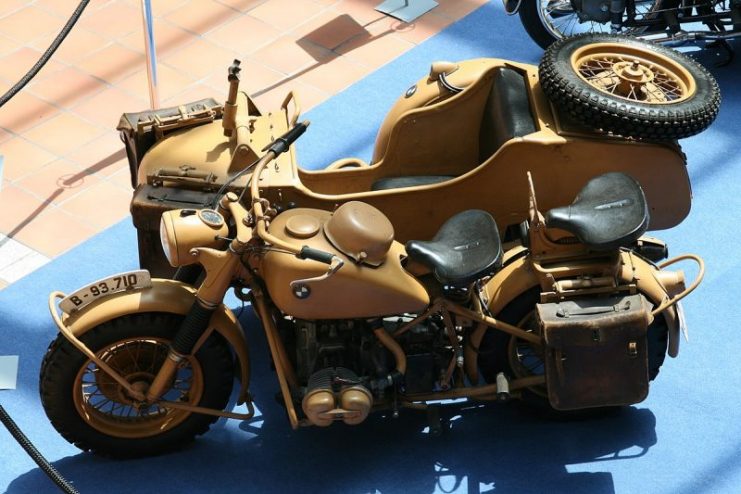
According to reports, this particular bike was sold to a British farmer after the film was completed, who used it to herd cows. Since then, the bike simply gathered dust in a barn in Norfolk until it was rescued by Dick Shephard, who then set about restoring it to its former glory.
The TR6 Trophy was designed to be a desert racer, but it performs just as well on the street.
With a top speed of 110 mph, there was little else that could keep up with it in 1961. These days, a restored bike could cost anything between $6,000-10,000, but one with a pedigree that includes Steve McQueen must be absolutely priceless.
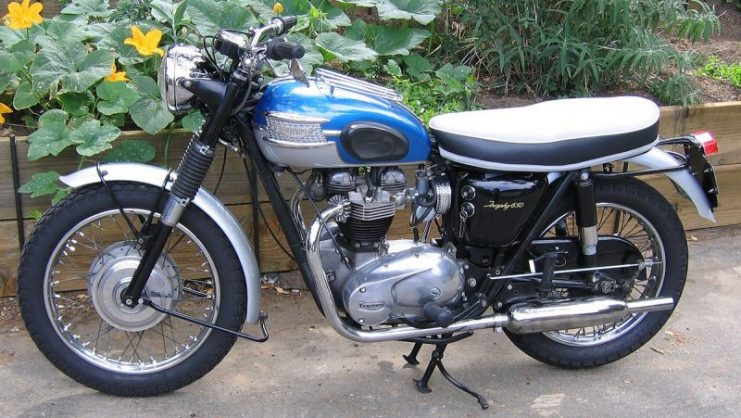
The Triumph is to step back into the limelight on the London stage in 2019 at the Apollo Theatre, Hammersmith, for the commemoration of the seventy-fifth anniversary of the real-life events that inspired the film.
The evening will be hosted by historian and television presenter, Dan Snow, and profits from ticket sales will go to the Royal Air Force Benevolent Fund.
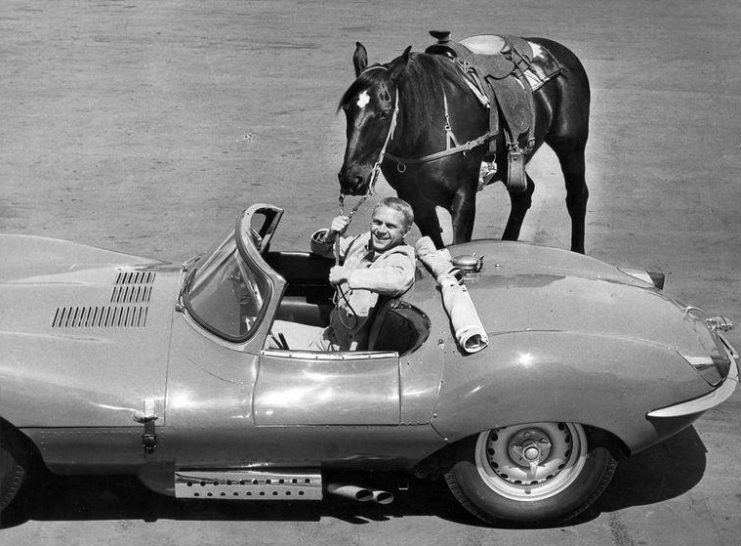
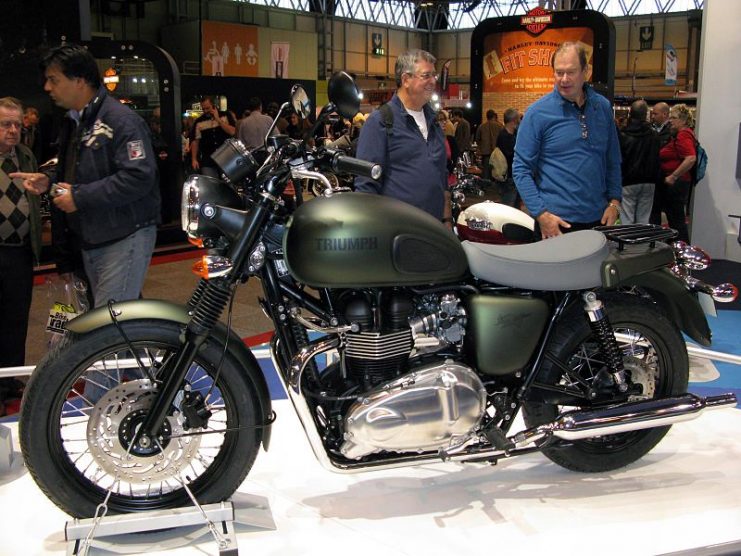
The escape attempt which inspired the movie took place on the night of March 24, 1944, at StalagLuft III. This was a prisoner of war camp which was built to house airmen and stood 100 miles south-east of Berlin in what is now Silesia, Poland.
The site was selected for its unsuitability for tunneling, and the barracks huts were built up on stilts in order to make tunnel detection easier.
In addition to this, the Germans had buried seismograph microphones in the ground around the perimeter which were supposed to reveal any underground noises, such as those made by digging.
What made the escape even more incredible is that the airmen were able to overcome these obstacles and construct three tunnels, codenamed Tom, Dick, and Harry.
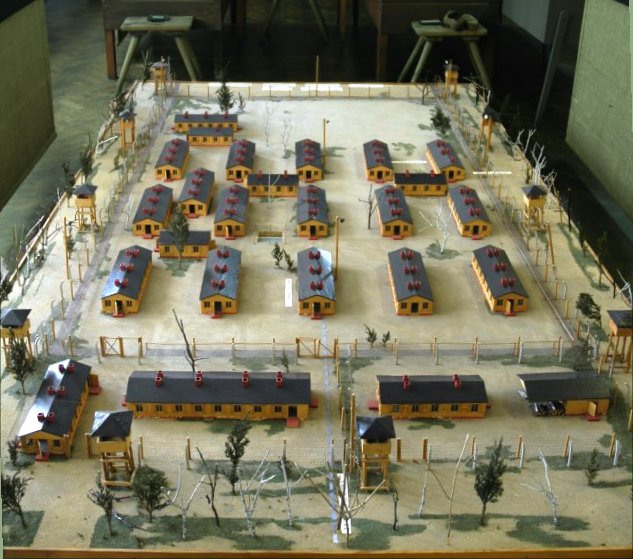
The target for Squadron Leader Roger Bushell was to get 200 men out at once, all with civilian clothes and false papers. Previous escape attempts had been made from other camps of six to twelve men, but Bushell believed they could maximize disruption to their captors and divert attention from the battlefield by aiming high.
The sandy soil that came out of the tunnels was a light yellow and would have been easily detectable on the clothes of the men doing the work. Instead, the debris was bagged up and hidden inside the trouser legs of the POWs who would then walk around the camp mixing the freshly dug sand in with the dirt on the surface, scuffing it in with their shoes.

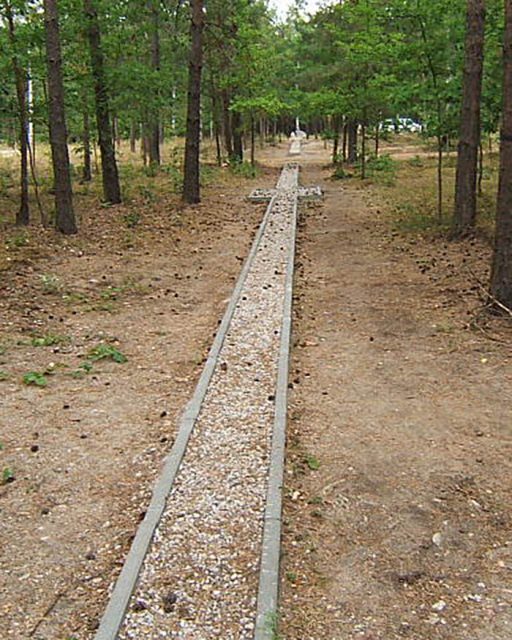
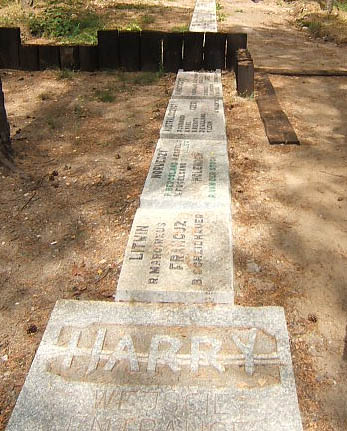
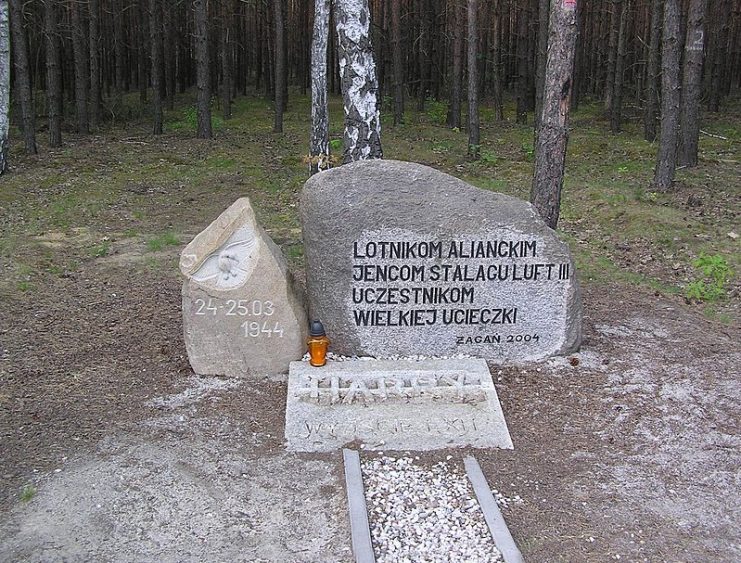
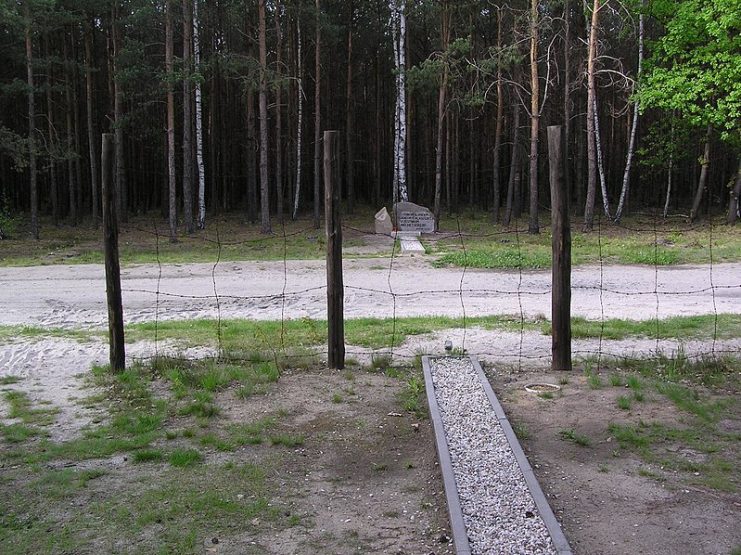
Read another story from us: 13 Military Motorcycles of World War Two
On the night of the escape, it was planned that one man every minute should make their way through the tunnel, which had, unfortunately, come up just short of the tree line. In the end, 75 men escaped before the tunnel was spotted and the alarm was raised.
Three men eventually made their way to safety, twenty-two were returned to the camp while the remaining fifty escapees were shot dead on the direct orders of Adolf Hitler.
